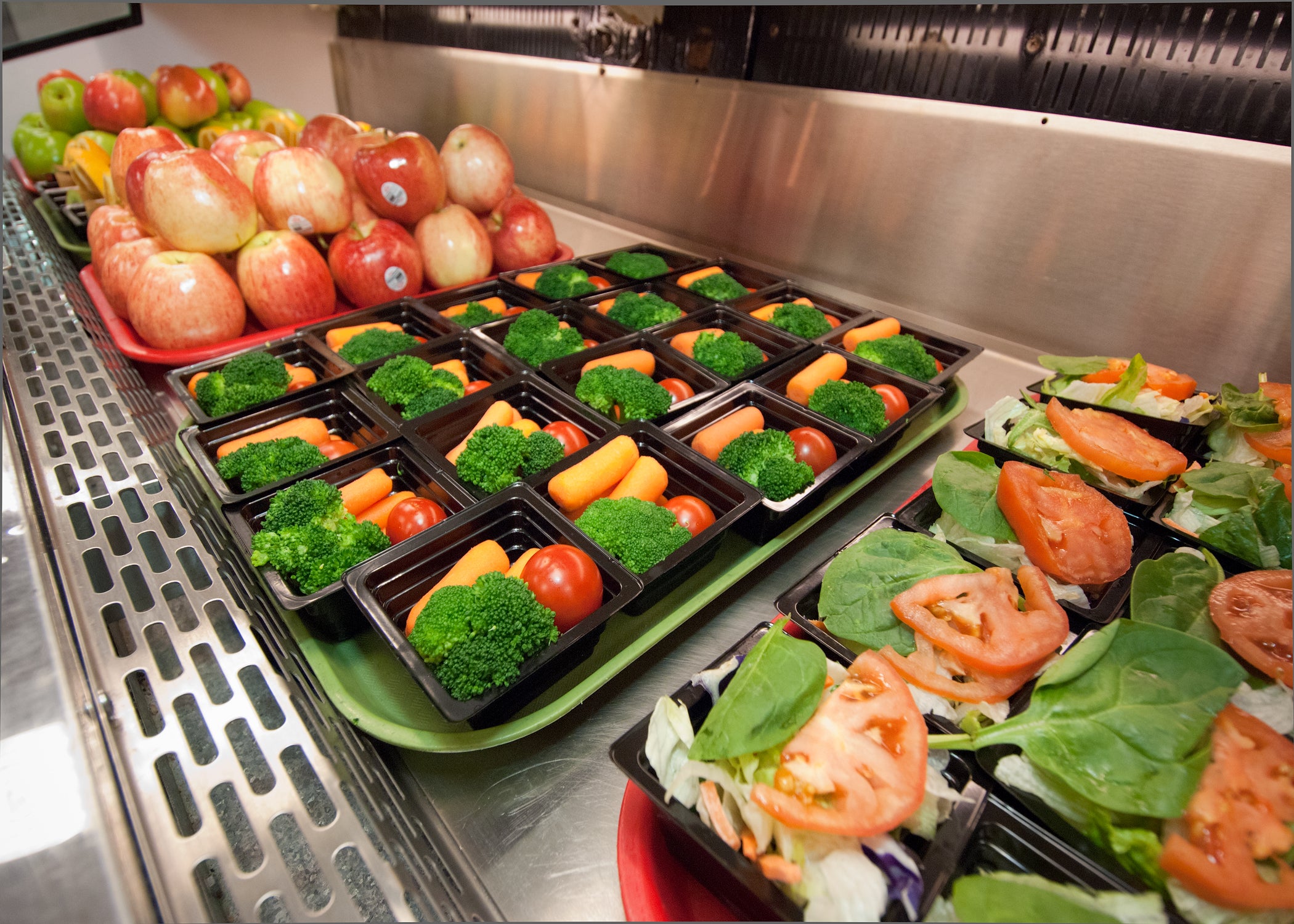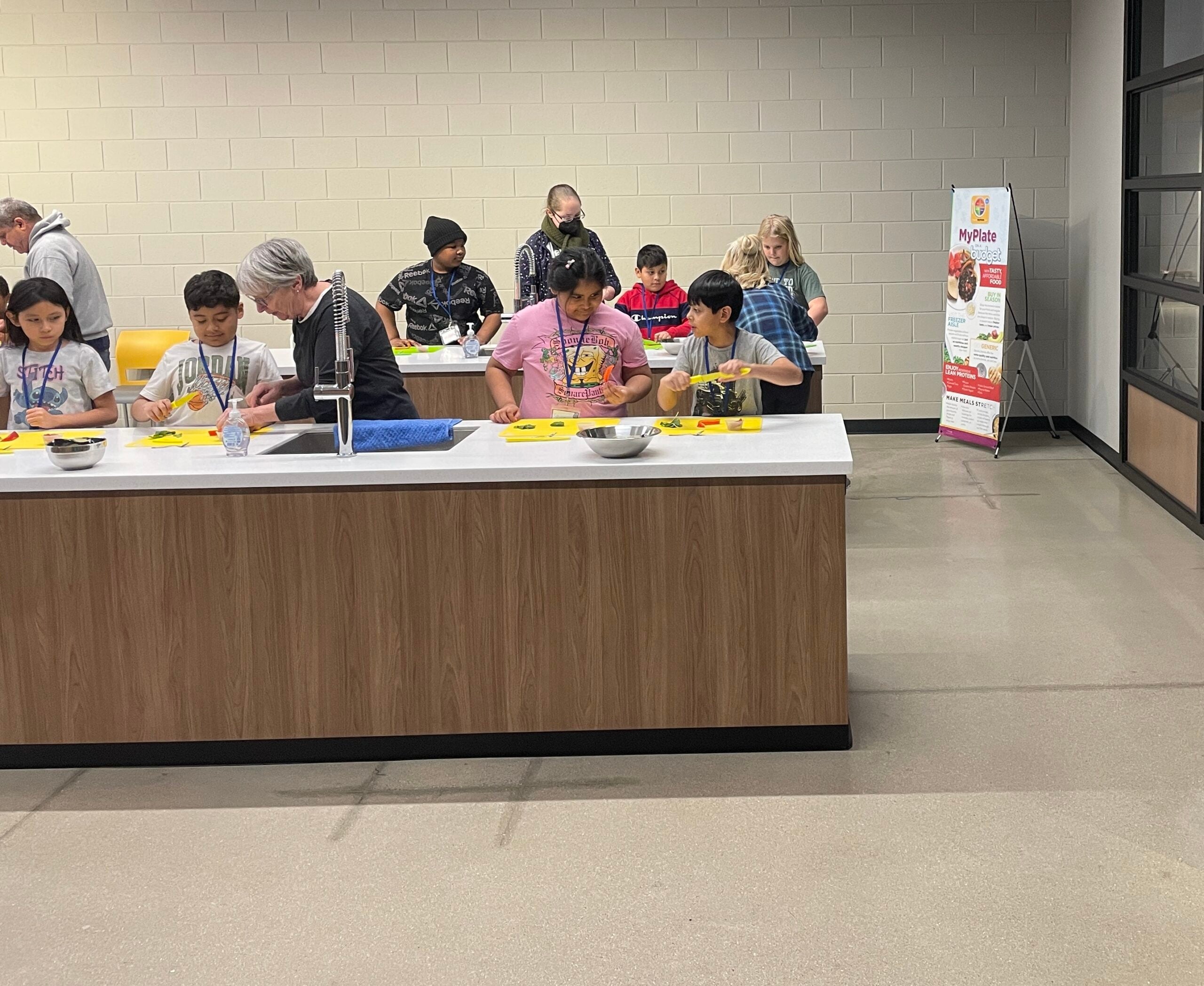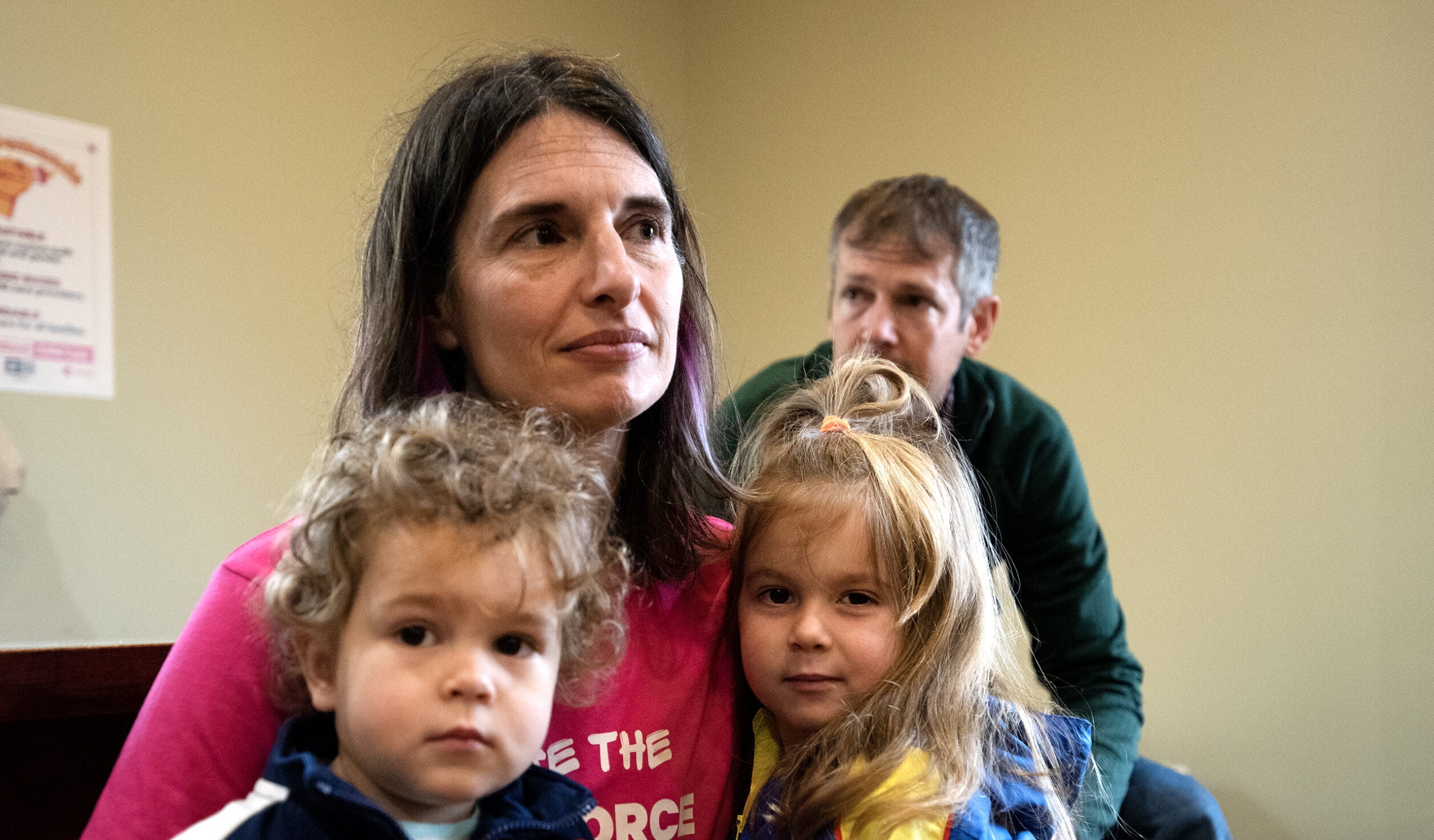One in 5 children in Wisconsin struggles with access to enough food, according to the most recent report from the Economic Research Service with the U.S. Department of Agriculture. Northern Wisconsin counties are seeing even higher rates of children looking for a meal than the rest of the state, especially during the summer months. In counties like Ashland, Bayfield and Burnett, roughly 1 in 4 children struggle to get enough food.
Shaye Moris, executive director of Second Harvest Northern Lakes Food Bank, said the need for food always tends to rise during the summer months in large part because children aren’t in school.
“Knowing free and reduced lunch and breakfast programs exist, there’s a lot of families that partake in that,” said Moris. “Of course, that’s extra meals during the day that they don’t have to worry about providing.”
Stay informed on the latest news
Sign up for WPR’s email newsletter.
USDA
Amy Kolano, summer food service program coordinator for the Wisconsin Department of Public Instruction, said that’s no surprise.
“If they’re not attending summer school, the families are strapped a little bit more and looking at other resources for food,” said Kolano.
A growing number of schools that qualify for free and reduced lunch have set up summer meal sites, including in Washburn, Bayfield, Ashland and Superior. In the last six years, Kolano said the number of participating schools or sponsors has doubled to roughly 220 this year.
“If there is a school that is at 50 percent free and reduced during the regular school year, there can be a summer food program site anywhere within the attendance area of that school that qualifies,” Kolano explained. “Once there is a summer food program site established in that area, any child 18 and under can come get a free meal. They don’t have to sign up for the program. There’s no applying for anything. Because the area is eligible, any child is eligible to get a free meal.”
According to figures provided by the department, the number of meals served at summer sites has grown about 40 percent in the last six years to 2.8 million last year.
Menominee County is seeing the highest rate of child food insecurity in Wisconsin, according to report. One in three children there is struggling to find enough to eat.
Wisconsin Public Radio, © Copyright 2025, Board of Regents of the University of Wisconsin System and Wisconsin Educational Communications Board.







